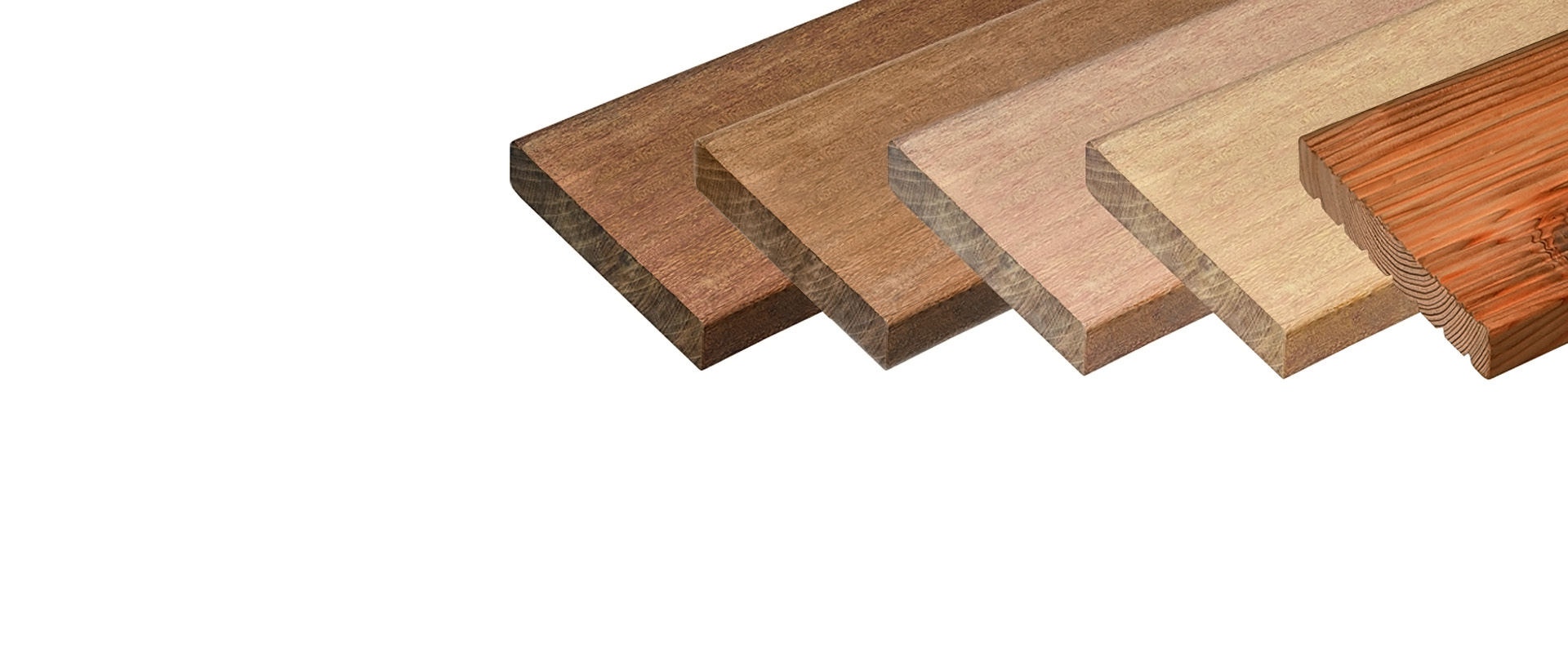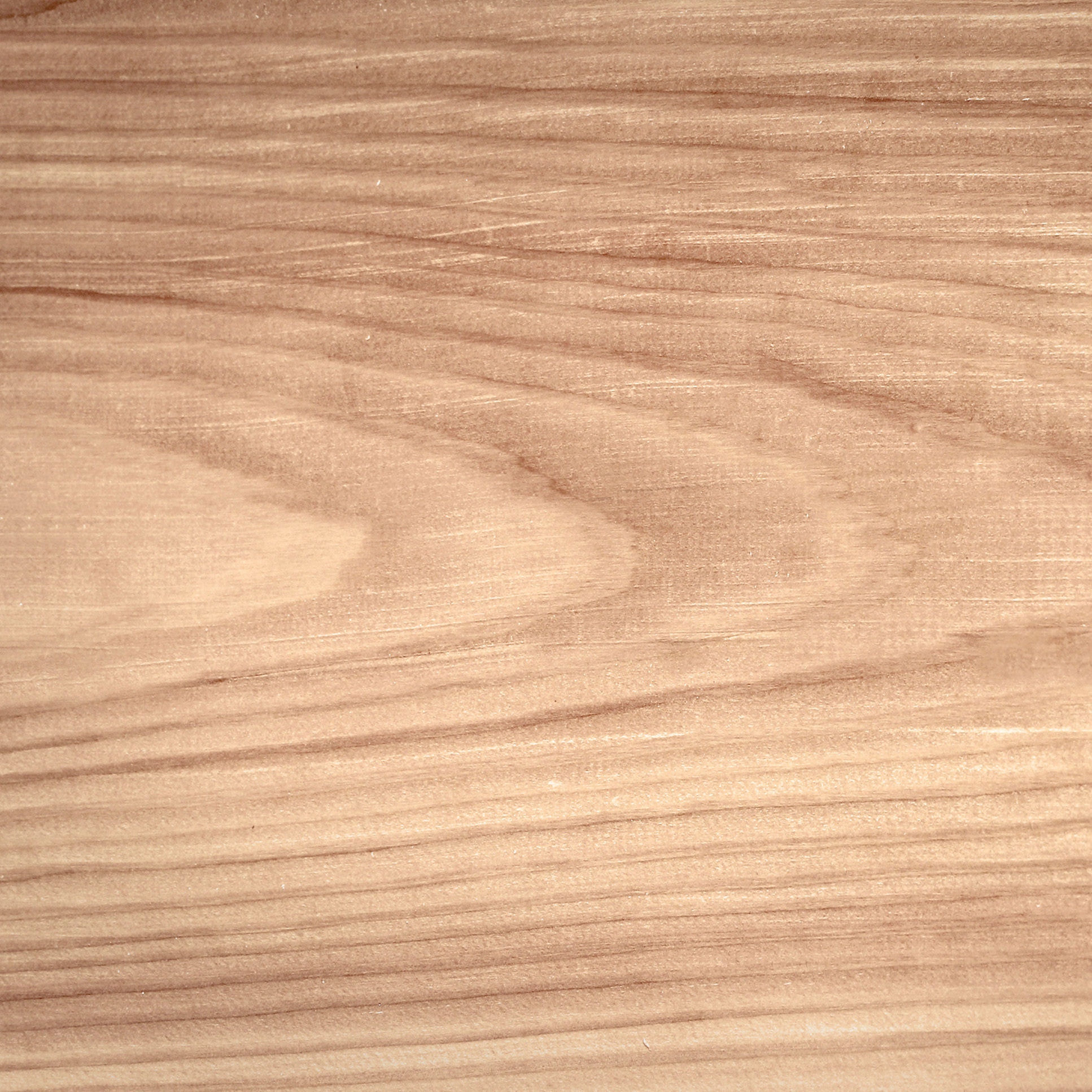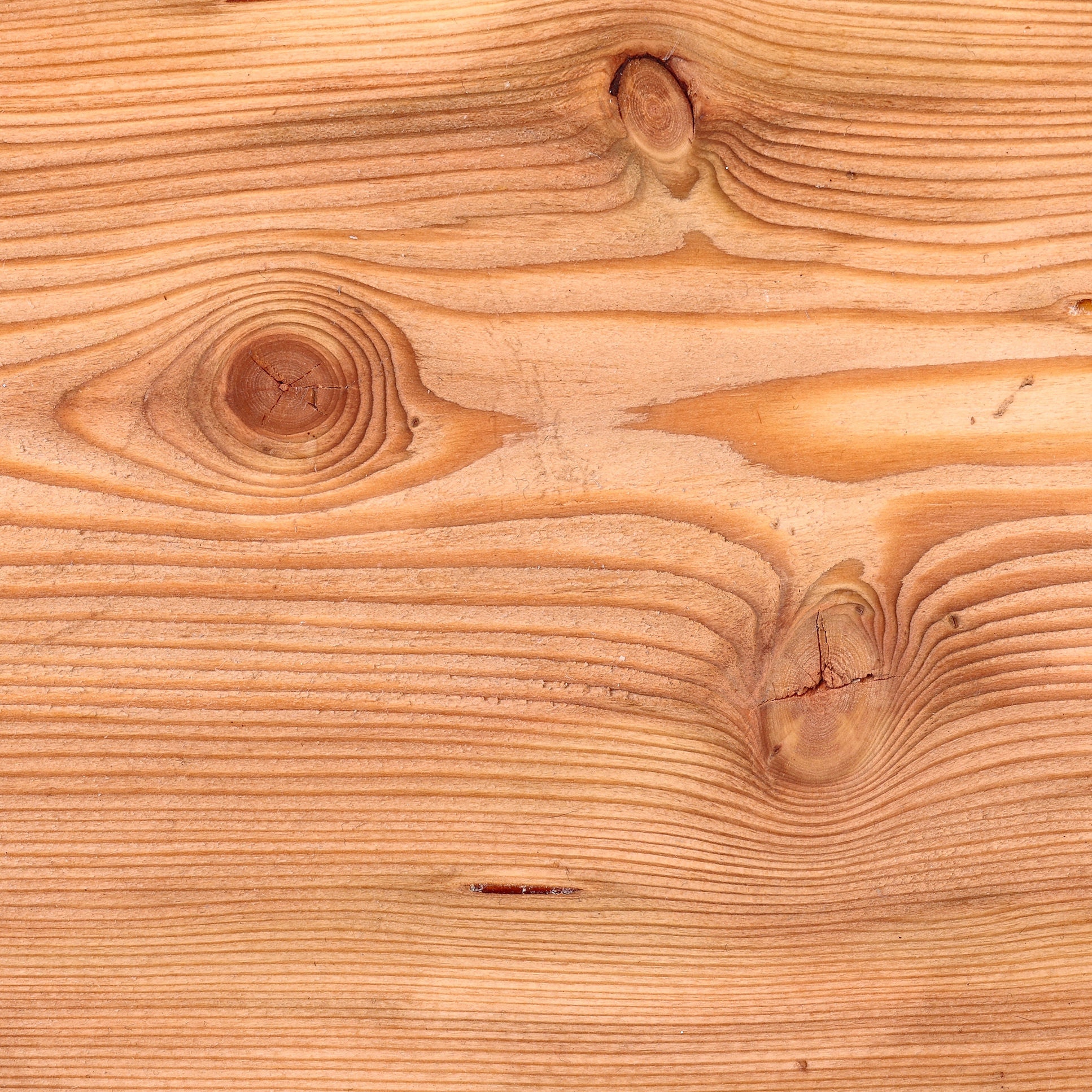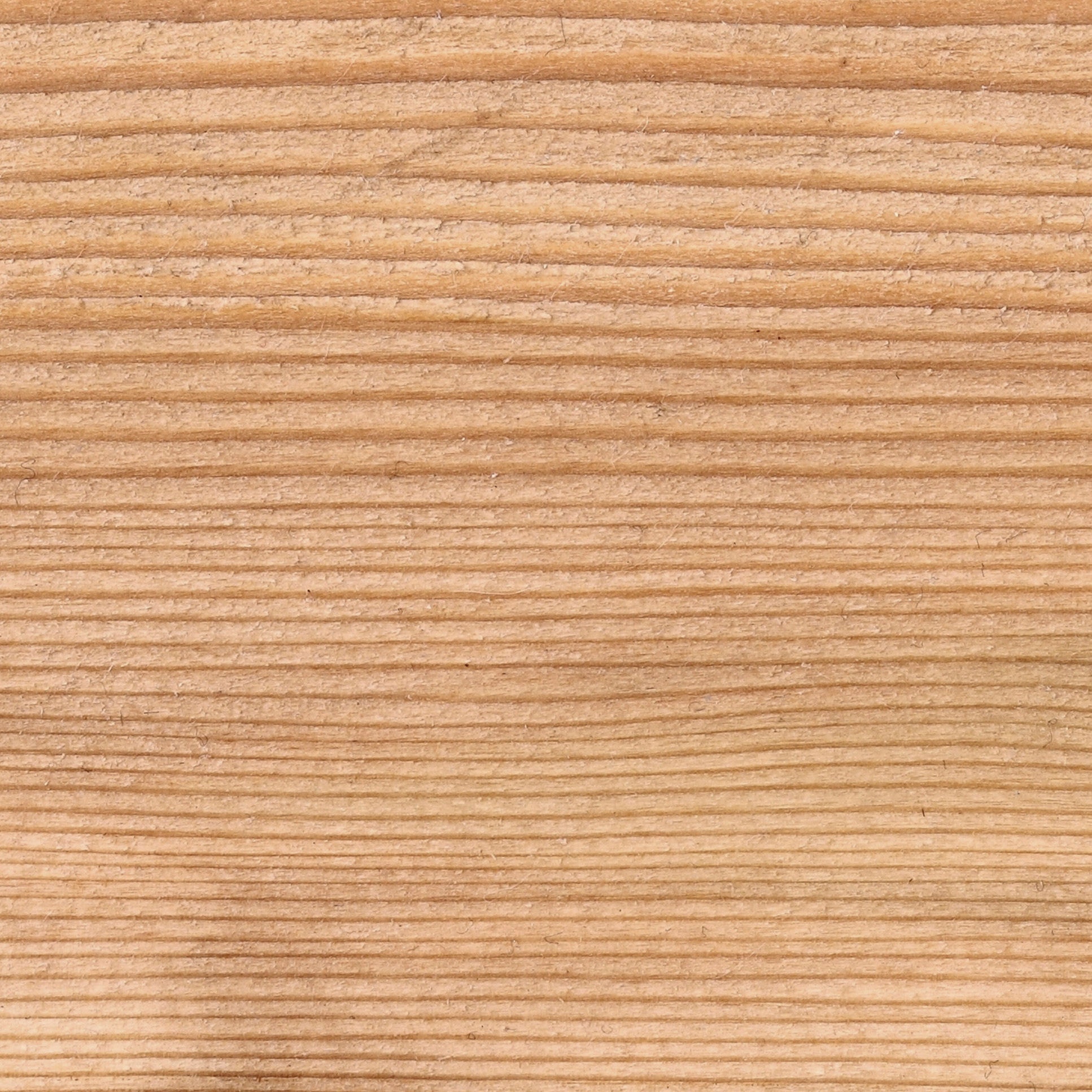- Engineering. Made in Germany.
- SPAX - we care.
A wooden decking doesn't just look good. The particularly natural and proven building material also has many physical advantages and is particularly environmentally friendly.
A wooden decking is technically uncomplicated and can be built in the shortest possible time. Properly installed, the wooden decking is insensitive to rain and frost. Built above the ground or the lawn, the ground under the decking can continue to store and release rainwater unhindered. The CO2 absorbed in the wood used during its time as a tree remains stored in it for the entire lifetime of the decking. In the event of combustion, it is released in a climate-neutral manner.
For decking construction, builders, planners and architects can choose from a wide range of attractive types of wood and technically modified woods such as thermowood and kebony. Wood connoisseurs know: Real wood is a natural material and changes its natural colour over the years. The result is a grey to silvery patina, which for many wood lovers additionally underlines the actual beauty of the wood.
By the way, modified woods and NFC/WPC composites are not natural woods, and they should only be processed according to the manufacturer's instructions because of their different material behavior!
Which plank is the right one? Depending on the area of application, a more or less intensive weathering and different mechanical stresses of the wooden decking can be assumed. Therefore, in addition to the appearance, the different material properties from type of wood to type of wood also count. SPAX wood science provides a practical overview of popular wood types and their properties. With his help, nothing can go wrong with the plank decision!
Please note: For special cases such as roof deckings or walkways, building permits as well as compliance with special material standards and maintenance regulations may be required. If necessary, consult an architect or structural engineer!
Botanical name: Pseudotsuga menzielii
Abbreviation according to DIN EN 13556: PSMN
Heritage/Origin: Europe
Bulk density at 12-15% wood moisture: 470 – 520 kg/m3
Hardness (Brinell) N/mm²: 17-30
Durability according to DIN EN 350: DKL 3-4
Color treatment: Quite possible (recommended)
Knottiness: Fine to coarse / star-shaped torn
Shrinkage and swelling: high
Twist growth / distortion: low
discolouring wood ingredients: none known
Resinous content medium
Iron tannin reaction: low
Tendency to crack: medium
Processability: good
Safety-relevant function: yes in GKL 3.1
Remarks: The sapwood content is > 10-20% and must be taken into account for load-bearing structures.
Botanical name: Larix decidua.
Abbreviation according to DIN EN 13556: LADC
Heritage/Origin: Europe
Bulk density at 12-15% wood moisture: 470 – 650 kg/m3
Hardness (Brinell) N/mm²: 19-25
Durability according to DIN EN 350: DKL 3-4
Colour treatment: conditionally possible (note manufacturer's information)
Knottiness: Fine to coarse
Shrinkage and sources: medium
Twist growth / distortion: medium
discolouring wood ingredients: none known
Resin content medium to high
Iron tannin reaction: low
Tendency to crack: high
Processability: good
Safety-relevant function: yes in GKL 3.1
Remarks: Larch is difficult to treat in colour due to its high resin content and should under no circumstances be treated with dark pigmented glazes.
Botanical name: Larix sibirica
Abbreviation according to DIN EN 13556: LAGM
Heritage/Origin: Siberia
Bulk density at 12-15% wood moisture: 680 – 700 kg/m3
Hardness (Brinell) N/mm²: 19-25
Durability according to DIN EN 350: DKL 3-4 / > 700 kg DKL 3
Colour treatment: conditionally possible (note manufacturer's information)
Knottiness: Fine to coarse
Shrinkage and swelling: medium - high
Twist growth / distortion: medium to strong
discolouring wood ingredients: none known
Resin content medium to high
Iron tannin reaction: low
Tendency to crack: high
Processability: good
Safety-relevant function: yes in GKL 3.1
Remarks: Larch is difficult to treat in colour due to its high resin content. The Siberian larch is usually very fine and grows very slowly compared to the European larch.



